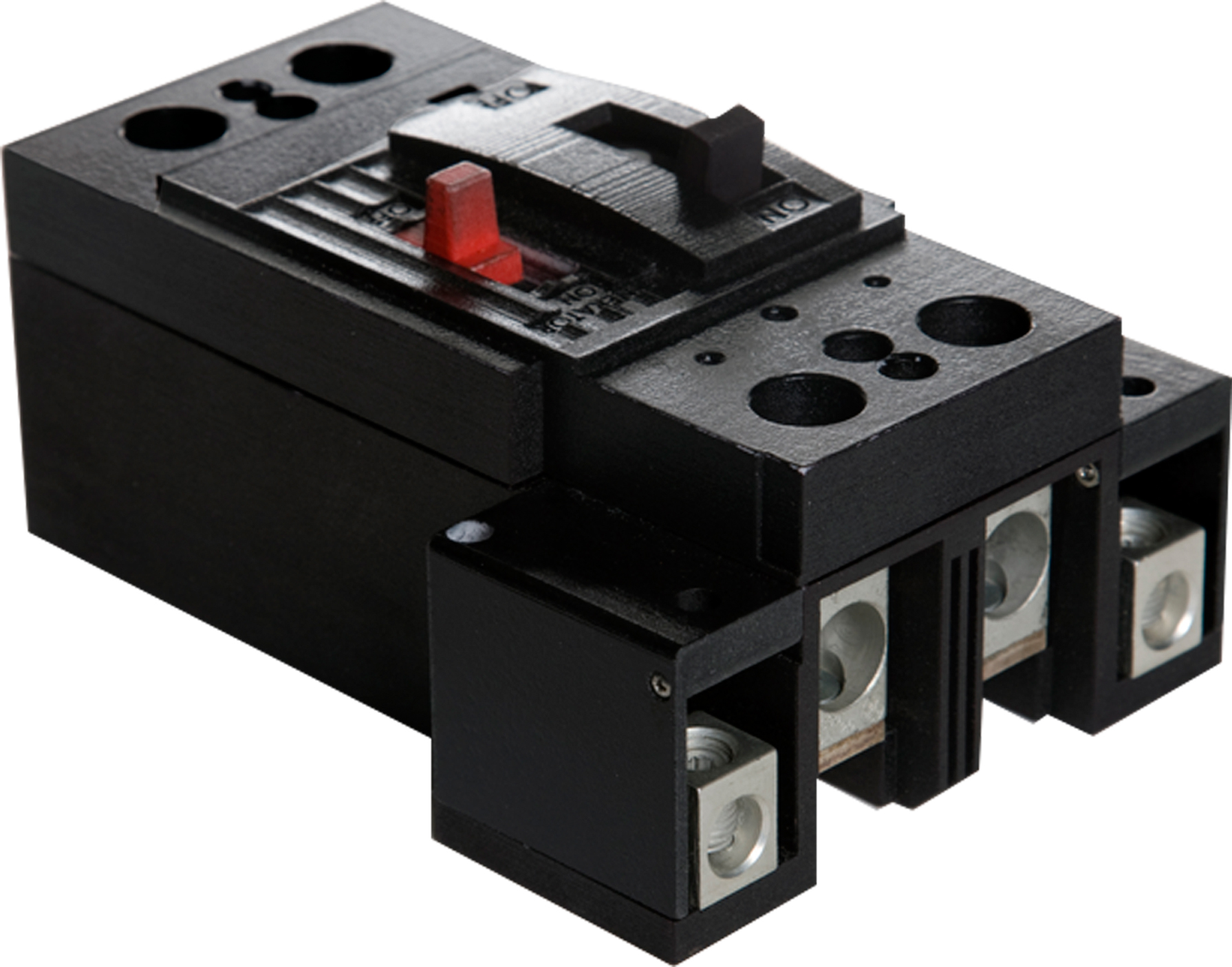Press Release
APL Device Prevents Electrical “Backfeeding”
Tue, 03/24/2009 - 09:17
More than 10 million U.S. households and thousands of businesses own power generators that, if not connected properly, can injure or even kill power-line workers when their electricity feeds back into the commercial power supply.
Ed Goss, an engineer at The Johns Hopkins University Applied Physics Laboratory in Laurel, Md., has invented a simple way to prevent the dangers of “backfeeding” with a device that works and looks like an ordinary home circuit breaker and efficiently isolates generator power from main commercial power.
The anti-backfeed circuit breaker contains a simple mechanical interlock; users throw manual switches to break the connection to municipal power lines, thus allowing them to only use power flowing in from the generator and eliminating the possibility of electricity flowing from the generator into the power grid.
“When power goes out, many people immediately switch over to generators they’ve wired directly to their home or business,” says Goss. “But if they’ve connected them without taking the proper safety measures, the flow of electricity back into the power grid creates a deadly hazard for workers servicing the system. Ironically, because of the direct correlation between power outages and generator use, a lineman could be servicing the lines at the exact time a generator is pumping dangerous currents into the system.”
The device is compatible with existing residential units, is easy to install, and provides the function of a main circuit breaker whether a generator is connected or not, says John Bacon, a technology manager in APL’s Office of Technology Transfer.
“Systems currently available and designed to combat backfeeding are expensive and complex,” Bacon adds. “Many residential generator owners won’t purchase these systems, or they choose to illegally connect their generator because when they lose power, they want a quick backup.” With the rise in use of residential generators — a $380 million industry in North America, and growing stronger — increased safety measures are needed, he says.
A prototype of the device, developed with a small grant from APL’s Technology Transfer Office, has passed early qualification tests. A patent was recently issued on the invention, which Goss says also has potential uses in marine and alternative-energy systems.
To discuss licensing opportunities, contact John Bacon at ott-techmanager2@jhuapl.edu or 443-778-8309.
